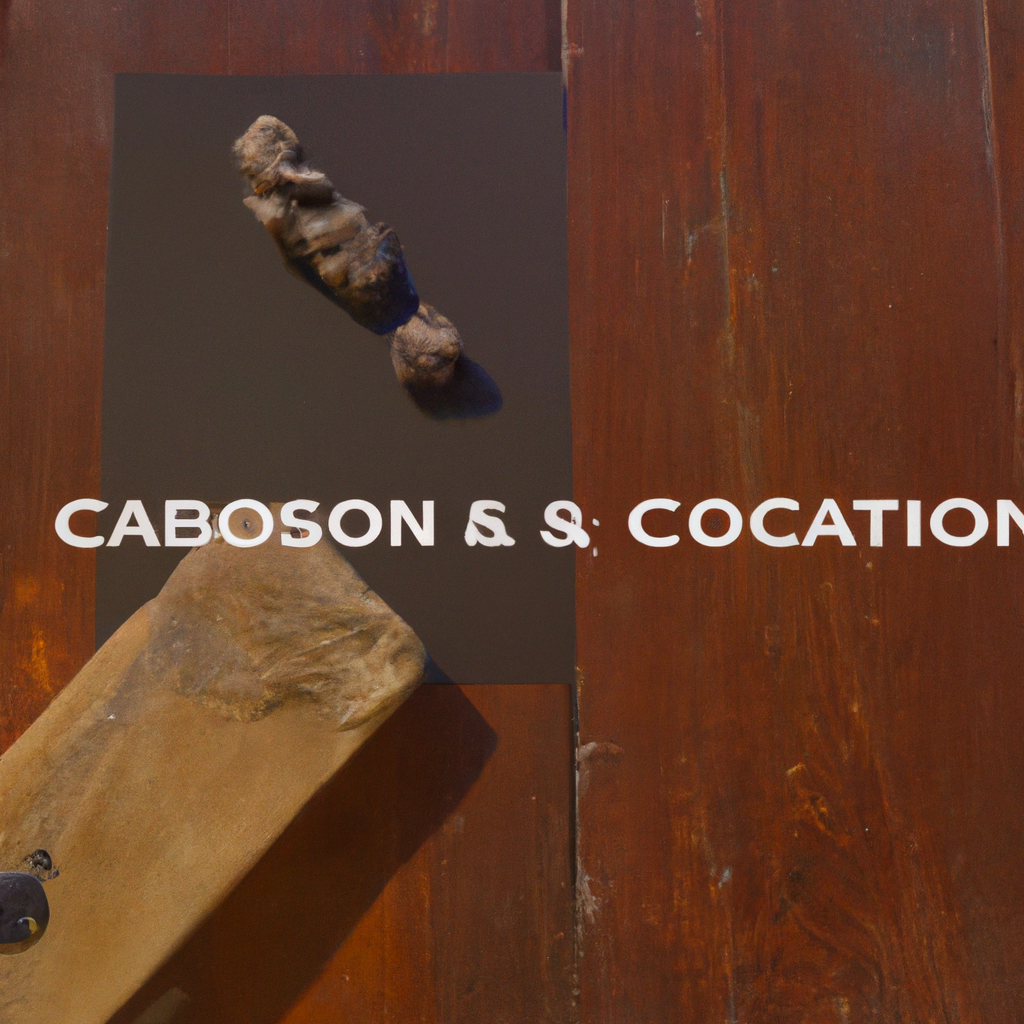Carbon dating is a powerful tool that is used by archaeologists and paleontologists to determine the age of fossils and artifacts. This scientific dating method is based on the decay rate of radioactive isotopes, specifically carbon-14, and has revolutionized the field of geochronology. In this article, we will explore how carbon dating works and how it is used to determine the age of fossils.
Understanding Carbon Dating:
Carbon dating is a method of determining the age of an object by measuring the amount of carbon-14 it contains. Carbon-14 is a radioactive isotope of carbon that is formed when cosmic rays bombard the Earth’s atmosphere. These cosmic rays collide with nitrogen atoms in the atmosphere, which then transforms them into carbon-14. Carbon-14 is then absorbed by plants and animals during their lifetime.
However, once an organism dies, it stops absorbing carbon-14, and the carbon-14 that was once present in the organism’s body begins to decay into nitrogen-14 at a constant rate. This process is known as radioactive decay, and it takes approximately 5,700 years for half of the carbon-14 to decay into nitrogen-14. This time period is known as the half-life of carbon-14.
How Carbon Dating is Used:
Carbon dating is used to determine the age of fossils by measuring the amount of carbon-14 present in the fossil. The fossil’s age can be determined by comparing the carbon-14 levels in the fossil to the levels found in living organisms. If the carbon-14 levels are significantly lower in the fossil than in living organisms, then the fossil is likely to be very old.
To determine the age of a fossil, scientists take a small sample of the fossil and measure the amount of carbon-14 present in the sample. They then compare this measurement to the amount of carbon-14 found in living organisms. By doing this, they can calculate how long it has been since the organism died.
The accuracy of carbon dating depends on a number of factors. For example, the accuracy of the method depends on the half-life of carbon-14, which is approximately 5,700 years. This means that carbon dating is most accurate for fossils that are less than 50,000 years old.
Carbon dating is also affected by environmental factors such as the amount of carbon-14 in the atmosphere. For example, carbon-14 levels were significantly higher during the 1950s and 1960s due to nuclear bomb testing, which can make it more difficult to accurately date fossils from this time period.
Applications of Carbon Dating:
Carbon dating has revolutionized the field of geochronology, allowing scientists to accurately date fossils and artifacts. This has helped archaeologists and paleontologists to better understand the history of life on Earth.
For example, carbon dating has been used to determine the age of the Shroud of Turin, a religious relic that is believed to be the burial cloth of Jesus Christ. Carbon dating has also been used to determine the age of the Dead Sea Scrolls, which are ancient Jewish texts that were discovered in the 1940s.
Conclusion:
Carbon dating is an essential tool for archaeologists and paleontologists, allowing them to accurately determine the age of fossils and artifacts. This scientific dating method is based on the decay rate of radioactive isotopes, specifically carbon-14, and has revolutionized the field of geochronology. Carbon dating is most accurate for fossils that are less than 50,000 years old, but it can still provide valuable insights into the history of life on Earth.







